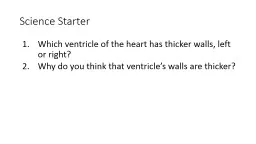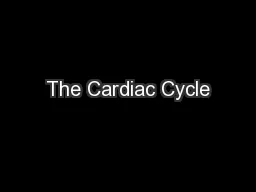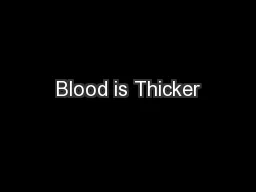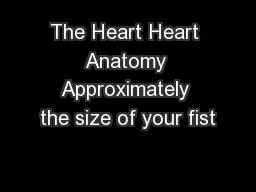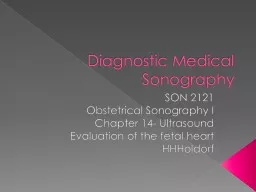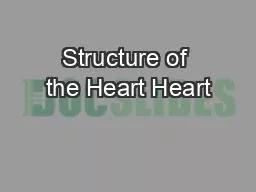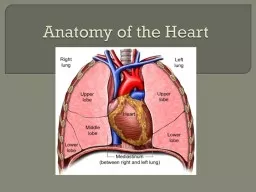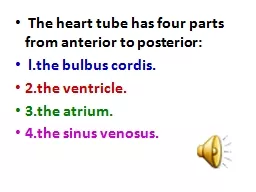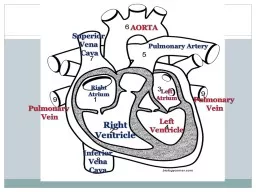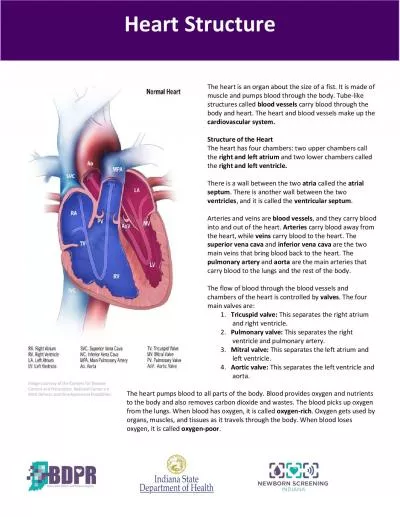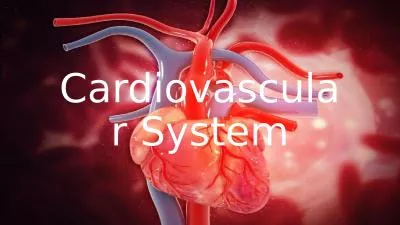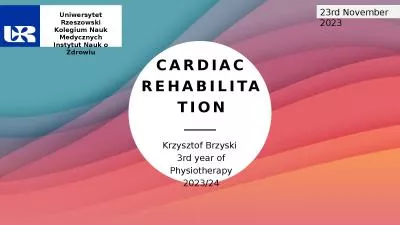PPT-Science Starter Which ventricle of the heart has thicker walls, left or right?
Author : disclaimercanon | Published Date : 2020-06-16
Why do you think that ventricles walls are thicker What makes a heart beat Todays Agenda Science Starter Beating Heart Heart Conduction System ECG amp Arrhythmia
Presentation Embed Code
Download Presentation
Download Presentation The PPT/PDF document "Science Starter Which ventricle of the h..." is the property of its rightful owner. Permission is granted to download and print the materials on this website for personal, non-commercial use only, and to display it on your personal computer provided you do not modify the materials and that you retain all copyright notices contained in the materials. By downloading content from our website, you accept the terms of this agreement.
Science Starter Which ventricle of the heart has thicker walls, left or right?: Transcript
Download Rules Of Document
"Science Starter Which ventricle of the heart has thicker walls, left or right?"The content belongs to its owner. You may download and print it for personal use, without modification, and keep all copyright notices. By downloading, you agree to these terms.
Related Documents

